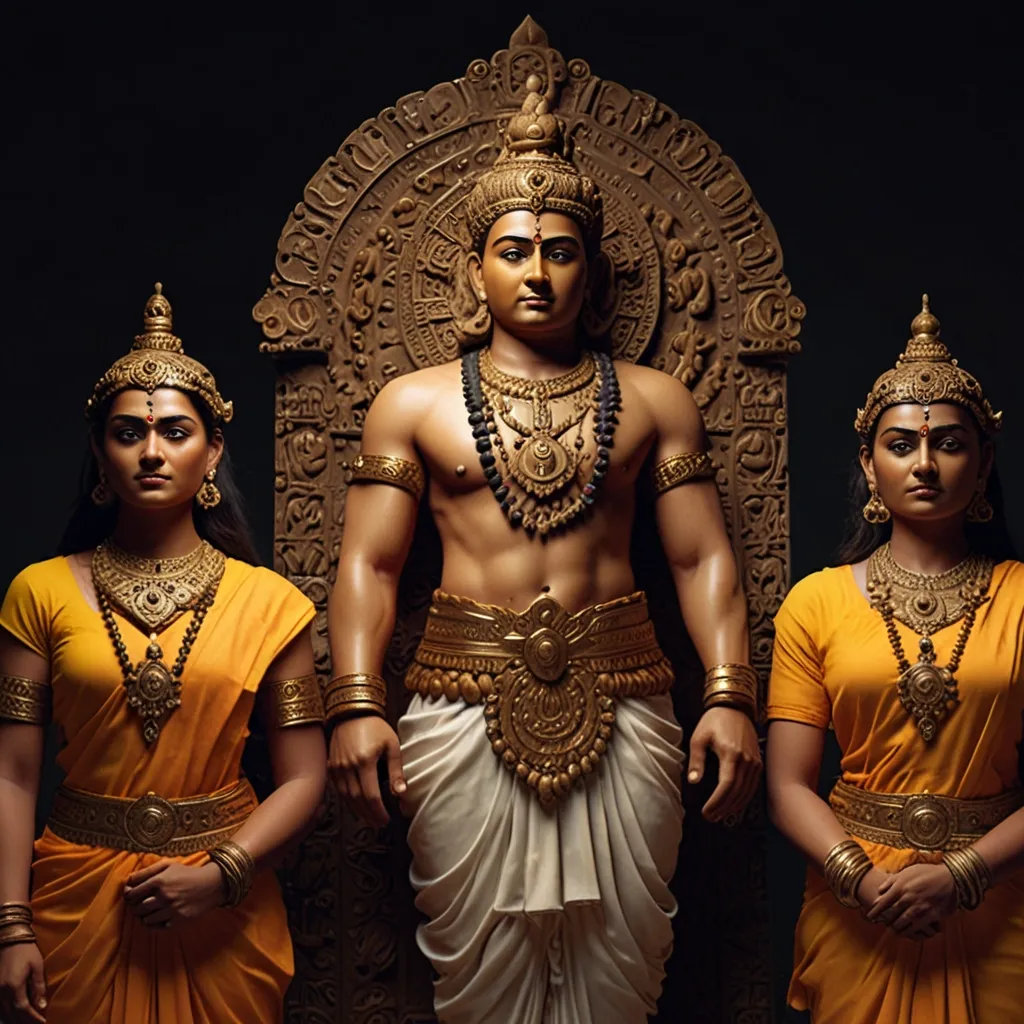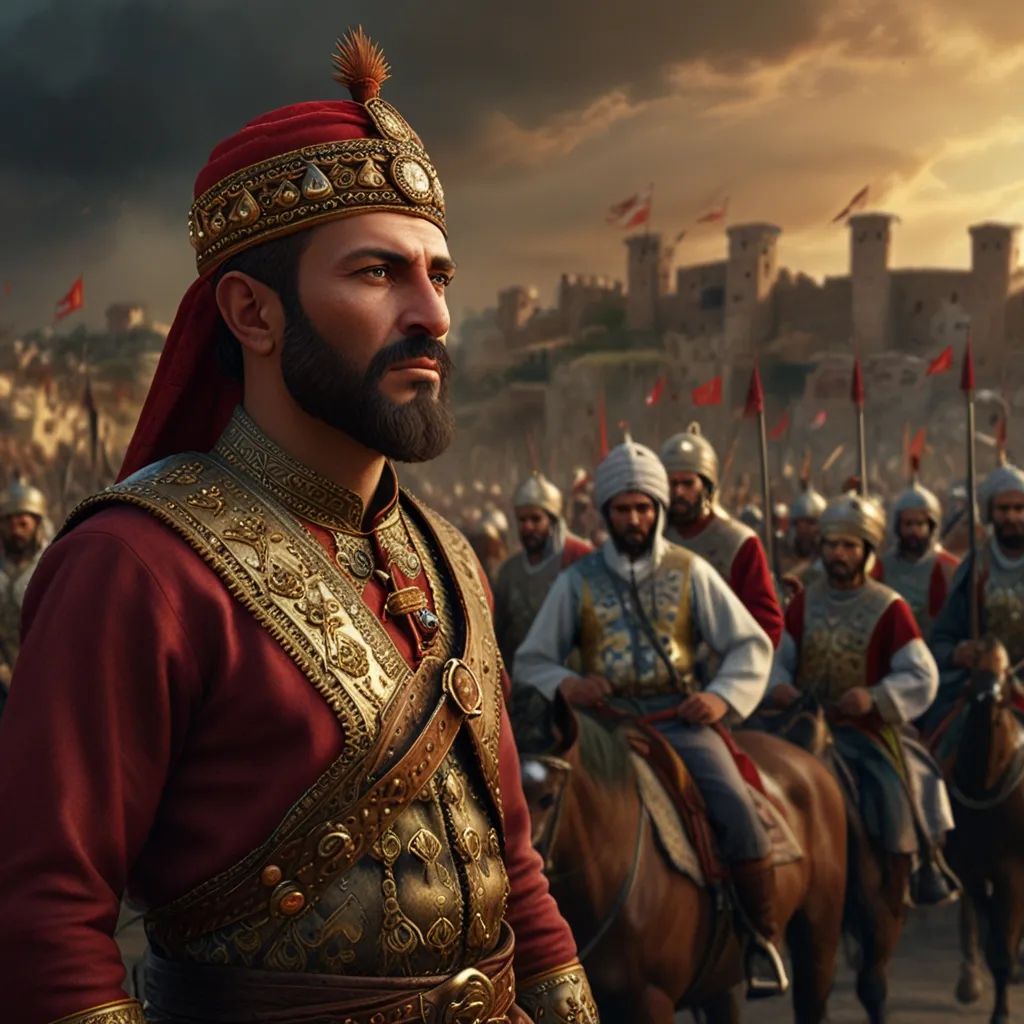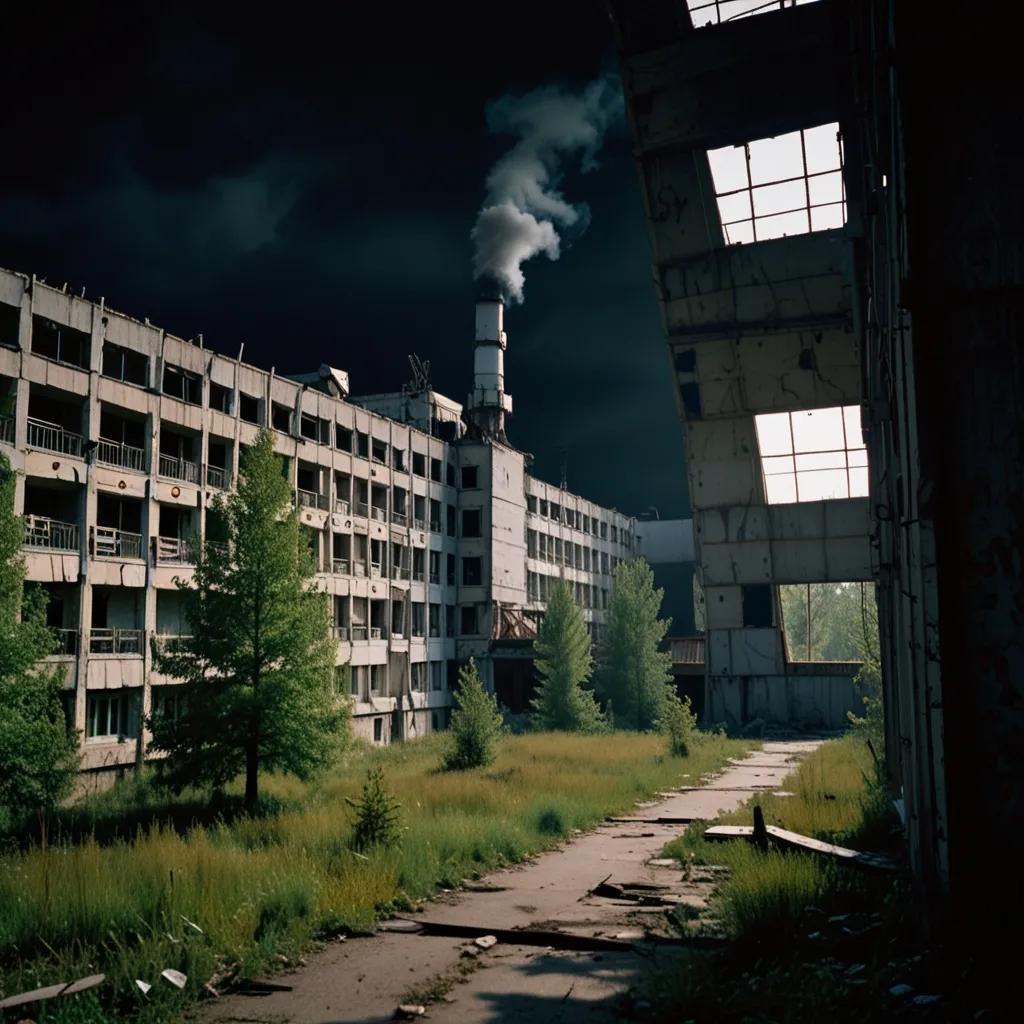The Maurya Empire was a major player in ancient India, boasting a lineup of rulers who made waves in history. The big three to remember are Chandragupta Maurya, Bindusara, and Ashoka.
Chandragupta Maurya kicked things off by founding the empire. Before his time, India was a patchwork of tiny kingdoms constantly at each other’s throats. Chandragupta’s knack for military strategy and alliances helped him bring these kingdoms under one roof, birthing a unified empire around 324 BCE. His centralized administration, civil service system, and single currency were game-changers for trade and governance.
After Chandragupta, his son Bindusara took over and ruled from 297 to 273 BCE. Bindusara continued to build on his dad’s conquests and even expanded further south. While his reign was full of military achievements, they’re often overshadowed by what his son Ashoka later did.
Ashoka, ruling from 268 to 232 BCE, is the most famous Mauryan ruler. Starting off with brutal military campaigns, his life took a complete 180 after the bloody Kalinga War. Drenched in guilt, Ashoka embraced Buddhism and shifted from violence to promoting peace and tolerance. His influence spread Buddhism far and wide through a network of missionaries and his famous edicts engraved on pillars.
Even though Ashoka stopped expanding the empire, his army remained massive, crucial for keeping the peace. His reforms also introduced a well-organized bureaucracy, where officials handled taxes, law, order, and public works.
The empire’s grip on governance was solid, with a centralized system based out of Pataliputra. The Mauryan territory was split into four provinces, each overseen by a prince or governor backed by ministers. This setup ensured smooth tax collection and efficient governance.
Economically, the Maurya Empire was booming. Trade saw major growth with a standardized currency and a strong coin minting system. The bureaucracy also kept agriculture and commerce in check, ushering in an era of prosperity.
Beyond politics and economics, the Mauryan era was rich in cultural and religious strides. Ashoka’s push for Buddhism saw the religion spread across Asia. The empire’s patronage of the arts led to the creation of enduring monuments and sculptures.
After Ashoka’s death, the empire started to crumble, eventually splintering into smaller kingdoms and marking the end of Mauryan rule. Despite this, the marks left by Chandragupta, Bindusara, and Ashoka are still felt. Their achievements in unifying India, establishing a centralized admin, and promoting religious tolerance leave a legacy that resonates in today’s India.






